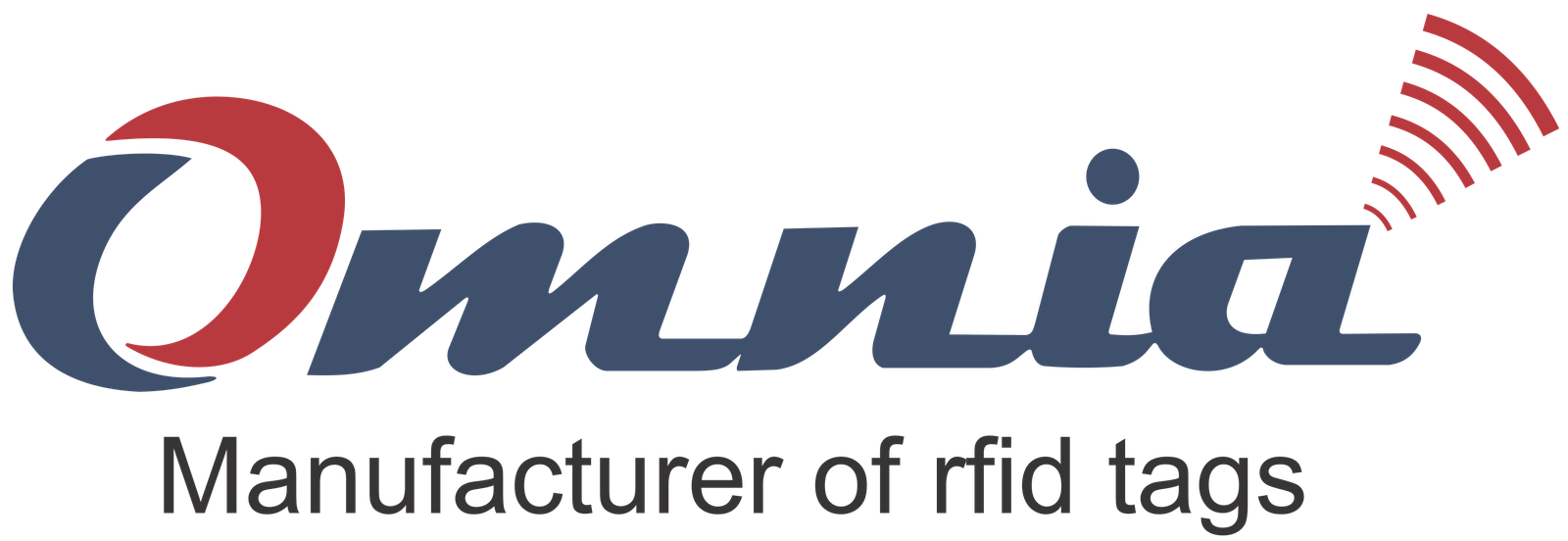The access control system is one of the most commonly used systems in electronic door control using a card or a magnetic stripe that can be accessed by swiping through a reader on the door. These access control systems are used for security purposes. It is widely used in Offices, Server rooms, Homes, Airports, Defence, Data centers, etc.
The RFID tag in any form factor is being used as a pass to enter or exit a specific location; RFID reader fixed at the gateway sends electromagnetic waves and activates the RFID tag. A person with RFID tag (in card form or any) can gain access to an area bypassing tag over the fixed reader. The reader verifies the details stored on the IC of the RFID tag and allows the person to pass if verified.
Benefits of RFID based Access Control:
- Secure access to the workplace and residential complexes
- Controlled access to dangerous/secure equipment including vehicles and public transport
- Access to leisure and recreational facilities such as gymnasiums and sports clubs.
RFID is nowadays widely used in libraries for automation and security activities like- maintenance of documents either inside the library. Radio Frequency Identification Technology can also be used for library management. A library usually requires a tracking system to keep a check on material across the library. RFID based system supports the library in tracking and recording the transactions, it helps in monitoring and improving the handling process. RFID tags are attached to books & material in the library with their stored information on the chip.
RFID Technology uses a tag with an IC in it which contains all the information about the material tagged. Each RFID tag has a unique identification number. This tag is attached to material in the library and read using RFID reader regardless of alignment or orientation of the tag. These RFID tags are in different forms used according to the application, for Library management usually smart label tags are used. These are thin tags fixed inside the material in the library.
RFID-based systems have been implemented for efficient document tracking purposes throughout the libraries that combine, easier and faster charging and discharging of documents, the security of materials, inventorying, stock verification and shelf handling. RFID tag’s transponder listens for a radio query from the reader and responds by transmitting their unique ID code.
Benefits of RFID at Library:
- Reduces the transaction time; faster process.
- RFID makes material handling much easier.
- A great tracking and security system.
- Reduces the time of shelving and circulation.
It requires a technology called Near Field Communication (NFC), which is an extension of Radio frequency identification (RFID) technology that combines the interface of a smart card and a reader into a single device. This allows two-way communications between endpoints, where earlier systems were one-way.
For two devices to communicate using NFC one device must have an NFC reader/writer and one must have an NFC tag.
Benefits of Mobile Payment using NFC:
- Quick and easy payment method.
- Transactions are made only within close proximity, which makes the system a safer method of payment.
RFID windshield tags mounted on the windshield is specific to users, the details for each vehicle is mapped prior to the process. RFID technology allows for easy and fast communication between tag and reader. RFID readers are mounted on the entry and exit gate as the vehicle enters the range of the reader it activates the tag, the tag transfers the data from its IC to the system and allows entry or exit of the vehicle. This helps in allowing access to a vehicle to a secure gated parking lot, automates billing and electronic collection of parking fees, and eliminates the scope of misplacing parking tokens/tickets.
RFID based parking management will allow vehicles to move without having to stop. Drivers will not have to stop at the point of circulation and parking tickets will be out of usage during entry-point and exit-point. The amount will be automatically deducted from the user’s account as the vehicle passes the gate, they can recharge their account according to requirement. Since there won’t be any waiting during Entry-point and exit-points the pollution problem will be avoided.
Benefits of RFID based Parking Management:
- Reduces the chances of human error.
- Fasten the process of entry and exit.
- Reduce the traffic on roads
- Reduces pollution
- Enhanced safety and security by allowing access to authorized people.
In events management, RFID wristbands are used on a large scale to record entry-exit of visitors and monitor their movement. These wristband tags having unique ids can store visitor information. With RFID readers installed in multiple locations at the event, it becomes easy to track visitors’ movement.
For events such as exhibitions, data collection regarding their movement helps exhibitors and organizers study footfall, movement patterns, areas of interest of visitors across various market verticals. It also helps with branding activities as many companies enjoy sponsoring this RFID taggingactivity and acknowledging the arrival of visitors at multiple locations through TV pop ups. In concerts, these wristband tags can have attendee information stored regarding access, food and beverage package, etc. This helps in maintaining limited access to restricted areas and also in cashless transactions respectively.
Some more unique applications also make use of RFID wristband tags for identification and tracking of people. These include tracking of children’s movement in amusement parks and on beaches and tracking patients within hospitals or rehabilitation centers.
Benefits with RFID:
- Enables quick, contactless entry and secure access to restricted areas.
- Tracks movement of visitors, patients, or children.
- Supports cashless transactions and enhances user convenience.
Public transportation systems primarily involve controlled access, recording movement of passengers and ensuring fare collection. Across the world, these systems are automated or semi-automated and this involves the utilization of RFID Technology. RFID Tags are geared to perform all these functions and cater to the needs of such systems.
Tags can in the form of Smart Tickets, AFC tokens, or RFID enabled contactless cards. All these tags offer benefits of low-cost reusable tags, collection of accurate data, and quick and efficient movement of passengers. The need for manual intervention is also lower and accounting records are better maintained with respect to cash collections.
RFID tags can be used across railways, metros, buses among other public transport systems.
Benefits with RFID:
- Enables fast, contactless travel with RFID tags or tokens.
- Ensures accurate fare collection with minimal manual input.
- Provides reusable, low-cost tags






